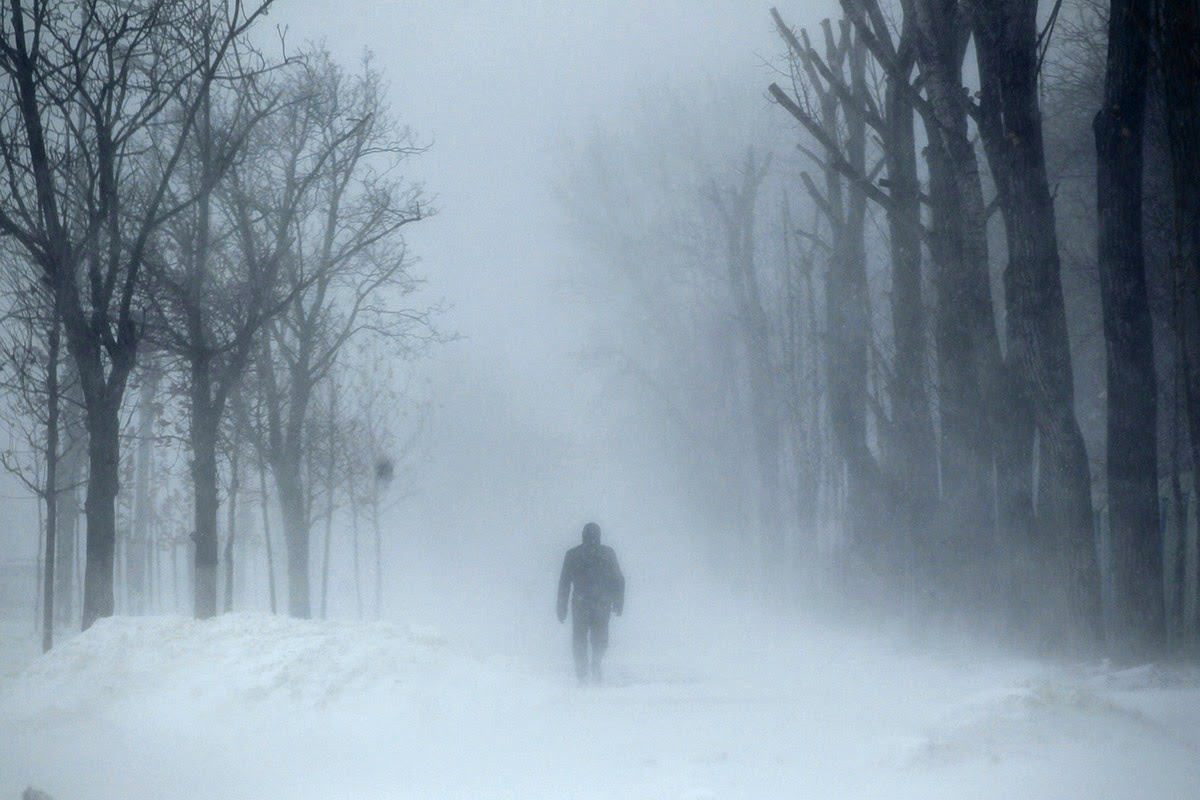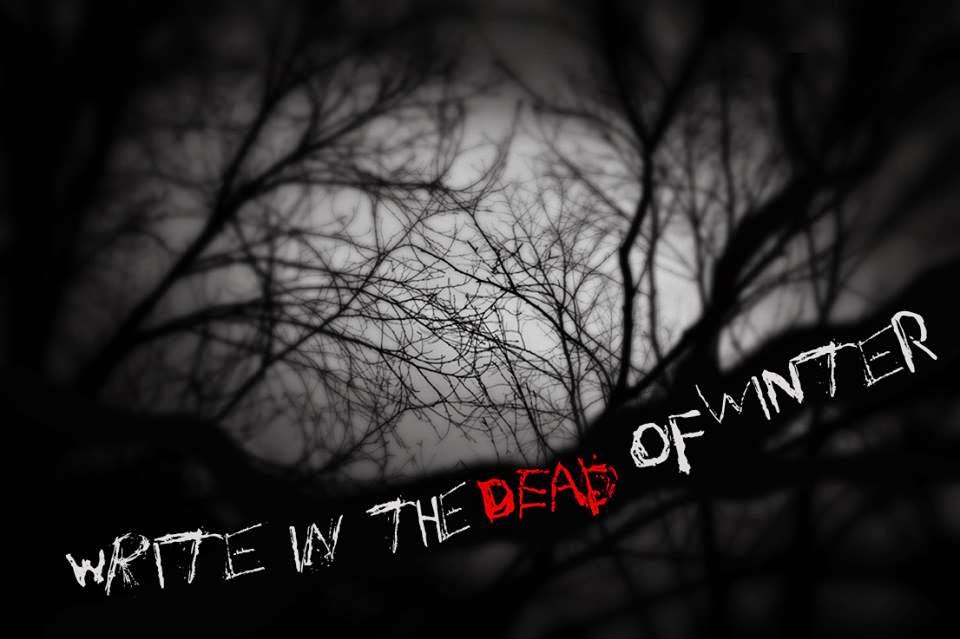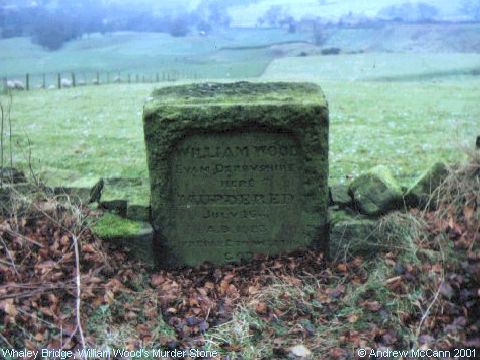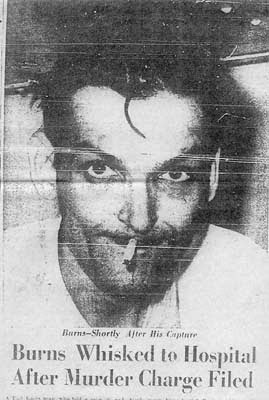Mr. and Mrs. Joseph Holland decided to leave the hustle and bustle behind and vacation in the remote environs of Alaska at the foot of Sawtooth mountain one summer in the early part of the 20th century.
One evening toward the close of their trip the couple found themselves talking to a barkeep in their village about venturing through a pass in the mountains to explore a nearby valley. The couple was concerned about getting lost since they had heard there were snowstorms through there almost daily.
"Oh, you'll get lost all right," the bartender said. "But don't worry about it. You'll be okay."
The man's assurances didn't quite quell the couple's concerns, but since the following day began so beautifully, the pair decided to give it a go. They hitched up a team of dogs to their sled and proceeded into the mountains.
However, as they approached the pass, the once beautiful skies grew leaden, the wind picked up, and fat flakes of snow began whipping around them.
It wasn't long before visibility was nearly nothing and the couple grew nervous. Had this all been a terrible mistake? Should they turn around?
The two argued these points for several minutes when suddenly the wife called out.
"Look over there! There's a man out there in the storm."
The husband soon saw the figure, too. He seemed to be dressed as a monk. What's more they noted a dog trotting alongside.
The stranger in the snow motioned for the couple to follow him. Hesitant but desperate, the couple guided the dogs to follow the strange figure through the blizzard.
In a while they came through the valley and the skies cleared some. The wife leaped from the sled to thank the stranger, but he was gone.
Later, when the couple finally returned to the village, the once again met up with the barkeep.
"Well, you made it through, I see." The bartender commented.
"We almost didn't," the wife admitted. "If it hadn't been for..."
"A monk?" The bartender asked.
"Why, yes. How-how did you know?"
Apparently, the vanishing monk had been guiding travelers through the valley for almost 200 years.
Sawtooth Mountain lies roughly 60 miles northwest of Fairbanks, between the Yukon and Tanapa rivers and rises 4,639 feet. To the west of the mountain lies the interestingly named Blizzard Creek. Stibnite (or Antimonite) has been mined on the mountain, but no roads reach this remote region. Instead, travelers come up by river and then proceed on foot or by sled. If there was once a village in the vicinity of the mountain, it seems to be lost to history.
A popular radio program from the 1950s, Incredible, But True, might have been the genesis for the preceding legend. It seems every reference I can find to the Monk of the Sawtooth Mountains links itself to that show. If there is an actual local legend about a phantom monk, it's an obscure and likely moribund one. However, it is also likely that the talented and creative writers behind Incredible, But True conjured many of these otherworldly tales from their own imaginations.















